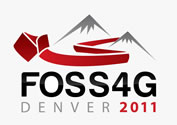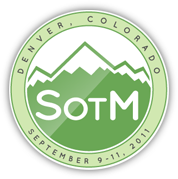OpenSource and the Common Operating Picture (COP)
Faced with the need to support security efforts involving multiple cities, counties, and levels of government for the 2008 Republican National Convention (RNC) in the Twin Cities Metro area, with limited access to Federal geospatial systems, members of the Emergency Preparedness Committee (EPC) of the Minnesota Governor¿s Council on Geographic Information undertook development of their own Common Operating Picture (COP).
Built on an open source software platform called GeoMoose, the system was unique in its ability to display geospatial information as maintained and controlled by the original data providers. This web-based product was used by members of the EPC at the U.S. Secret Service Multi Agency Communication Center, Minnesota State Emergency Operations Center, and several metro-area county and city Emergency Operations Centers. By the time the RNC took place, the system was hosting over 160 layers of visualization data provided by contributors ranging from Federal to local. After this RNC experience, SharedGeo was established as a Minnesota nonprofit in an effort to support collaborative projects and advance geospatial system design/implementations in a way that increases the exchange of information for the common good.
This use of the OpenSource GeoMoose project has led to it's adoption by many City, County and State organizations across the country. The ease with which the mapping interface can be set combined with it's flexibilty provides user with a framework for maintaining and managing the upkeep of their data. The result is a very attractive collaborative publishing environment.
Situational awareness tools are integrated into GeoMoose, U.S National Grid, readouts with local coordinate systems as well as latitude and Lonigtude, all displayed side by side.
Follow this case study that looks at how GeoMoose and other behind the scenes open source packages, such as PostGis, GDAL, and Ruby can come together to solve emergency response issues and provide for a very high level of geospatial awareness.











